Whole Eggs
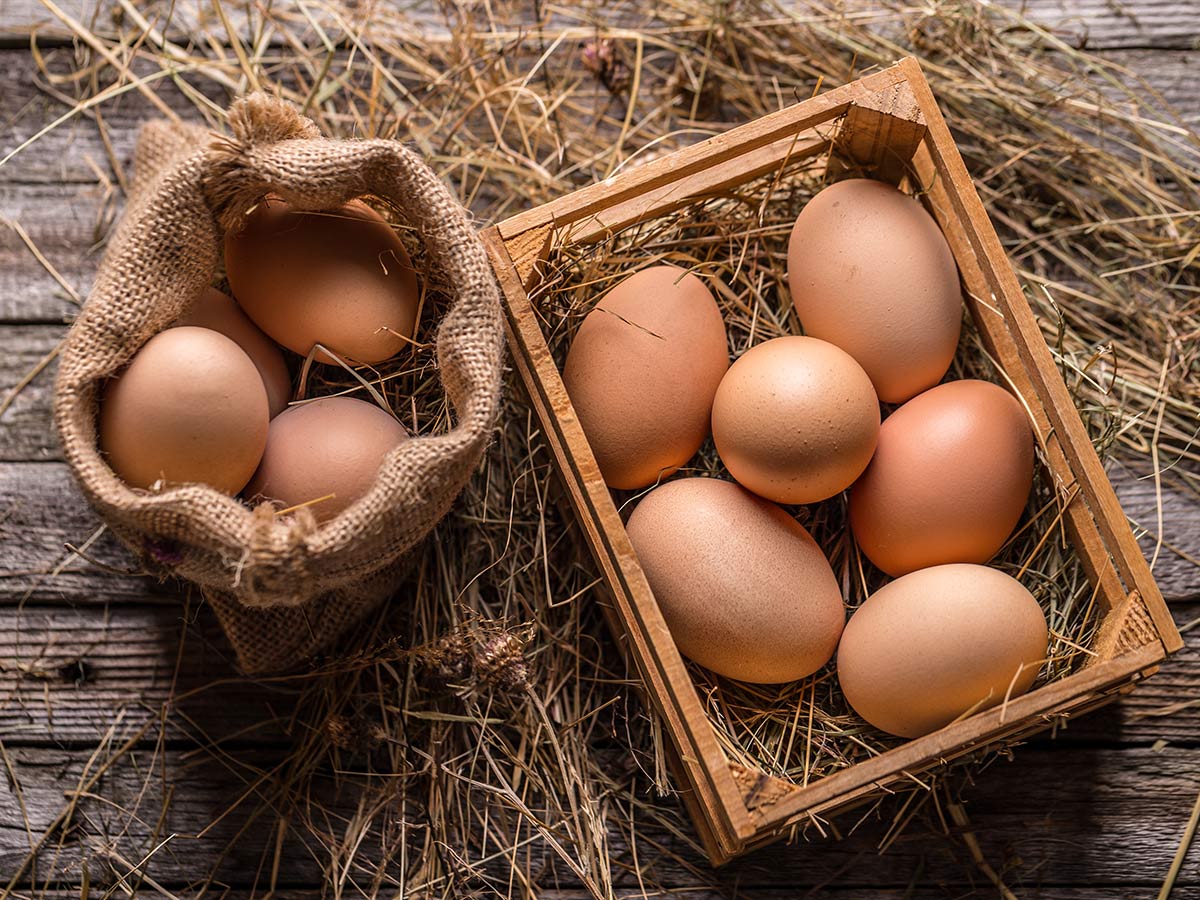
Trying to microwave whole eggs is only ever going to cause a mess. When you stick them in there, it’ll cause the steam inside to build up so much that the eggs quite literally explode. Beyond a simple mess, it can actually be pretty dangerous. So, you’re better off cracking those eggs into a bowl and whisking them before microwaving.
But why does this happen? Well, it’s because the microwave heats the water up inside quicker than the steam can escape through the shell. It has no other way to get out, so you have an egg-plosion. For scrambled eggs, just take a few minutes and put them on the stove. It’s a lot better for you and your kitchen.
Yogurt and Cheese
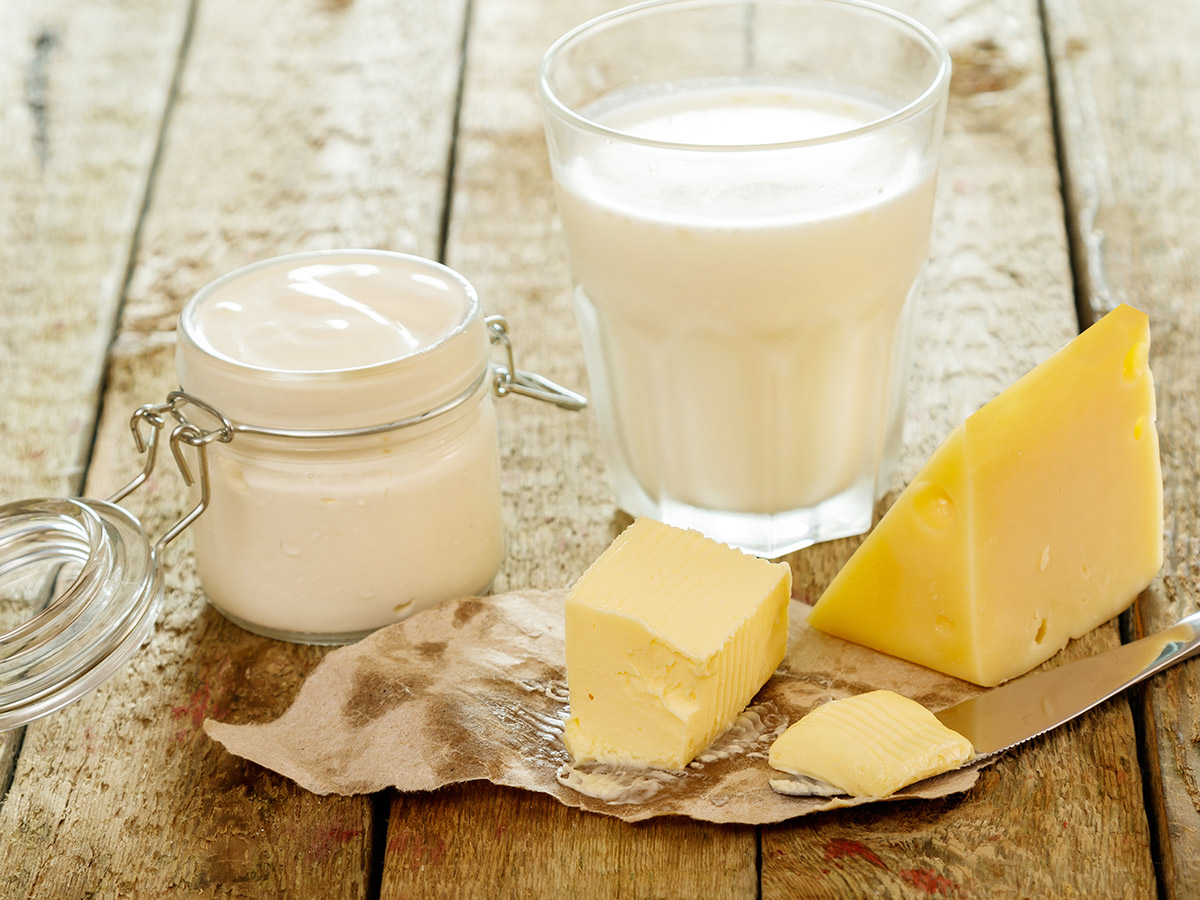
While microwaving yogurt and cheese shouldn’t cause any health issues, it’s still not a great idea. High heat causes dairy products to separate and lose their smoothness. Instead of having something delicious, you’ll just have a curdled and watery mess. Yuck. But that’s not the only reason it’s so bad.
Microwaving dairy products can also cause them to lose their flavor. Cheese, for example, can become rubbery, and the oils can separate. As such, you should just melt cheese slowly in a pan or an oven because you’ll have more control over the temperature. You may even want to let your dairy products come to room temperature naturally.
Plastic Containers
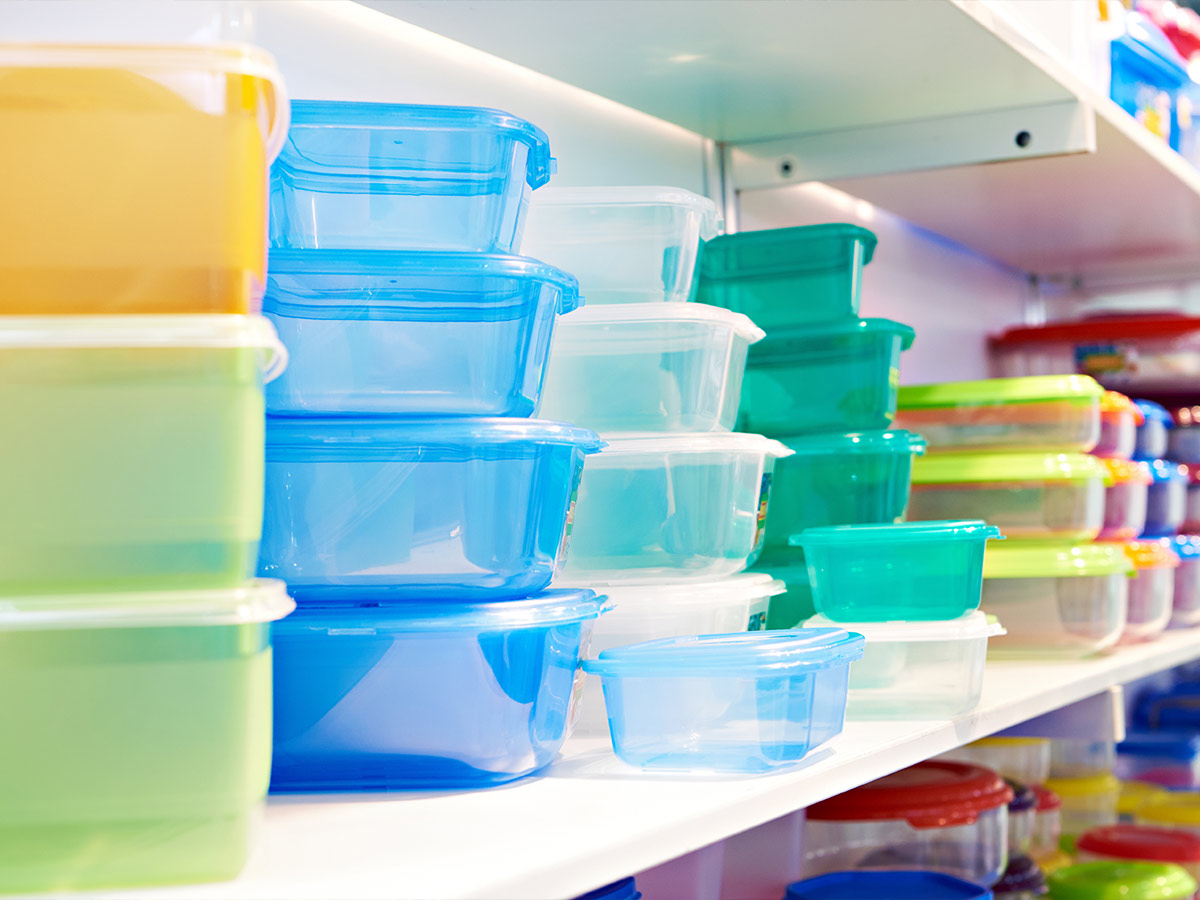
Certain plastic containers are not meant for the microwave, and putting them in there can cause chemicals, like BPA and phthalates, to leach into your food. Eating food with these chemicals in them can cause endocrine issues and other health problems. That doesn’t mean you can’t put any plastic container in there—just make sure it’s microwave-safe.
You could also just use a glass or ceramic container. After all, these won’t melt or warp when you zap them either, which can completely ruin your meal. You’re better off swapping out those plastic chemicals for something a lot safer. Do you really want to ruin your microwave because you wanted to save a few seconds?
Grapes
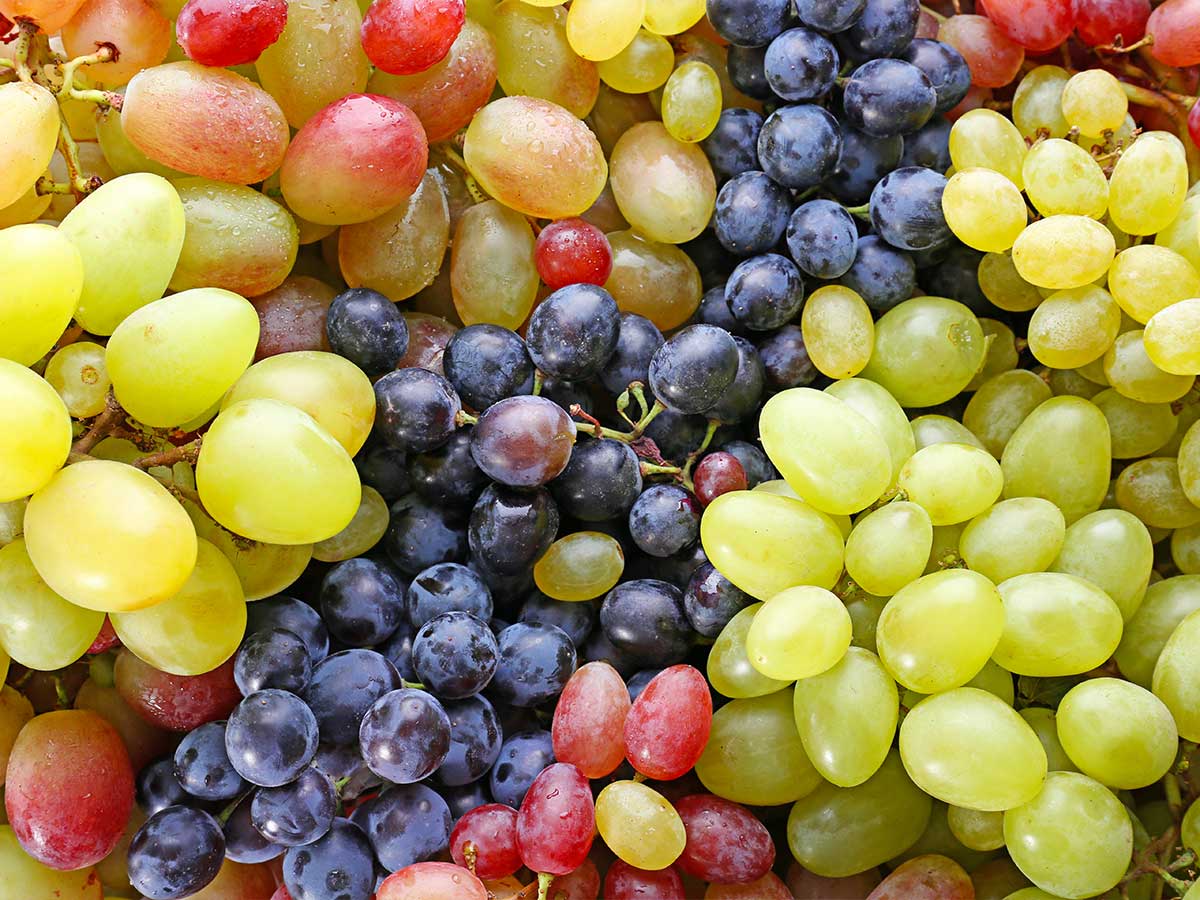
Putting grapes in the microwave is a guaranteed hazard because they have a high water content. Heating them can actually cause sparks. You don’t need us to tell you how dangerous sparks in the microwave are! It can damage your microwave or, worse, start a fire, so you should stick to eating grapes fresh or frozen.
Like with eggs, microwaves release energy that turns the water inside grapes into a sort of plasma. You can even watch slow-motion videos of this happening, although we definitely can’t recommend trying this yourself. Instead, you should stick to safer experiments, like turning grapes into raisins, the old-fashioned way—leaving them out in the sun.
Frozen Fruits
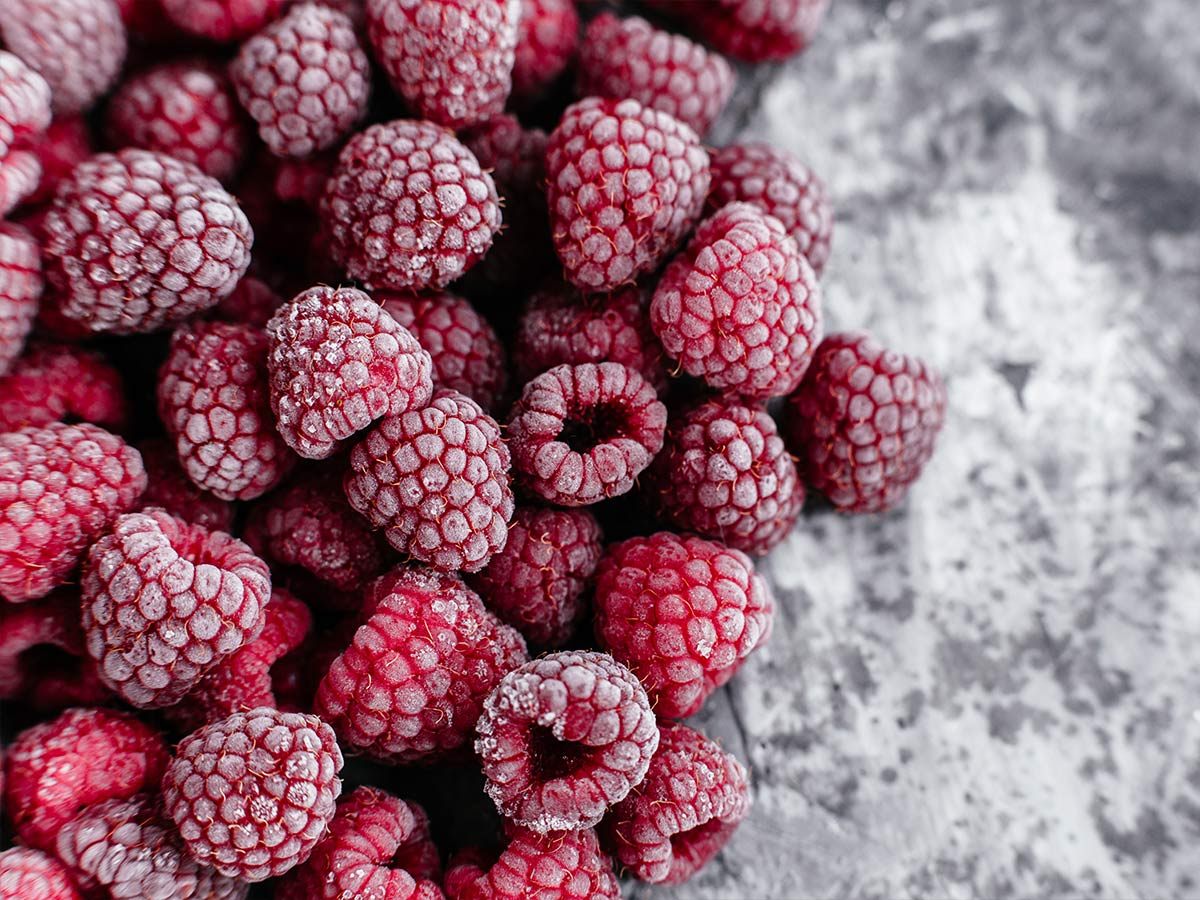
Even frozen fruits aren’t a great candidate for microwaving, as this can cause them to become mushy and pretty unappetizing. Heading them so rapidly causes the fruit’s structure to break down, which ruins both the texture and flavor. As we’ve already seen, microwaves usually cook food unevenly, so some fruit pieces will be icy cold while others will be quite hot.
So, leave the fruit out at room temperature to thaw it, or perhaps stick it in a bowl of cold water. If you’re looking for better flavor and texture, allow your fruit to thaw in the refrigerator. At least then, it’ll reach the right consistency for eating or cooking. However, that does mean that you’ll need to plan ahead!
Processed Meat
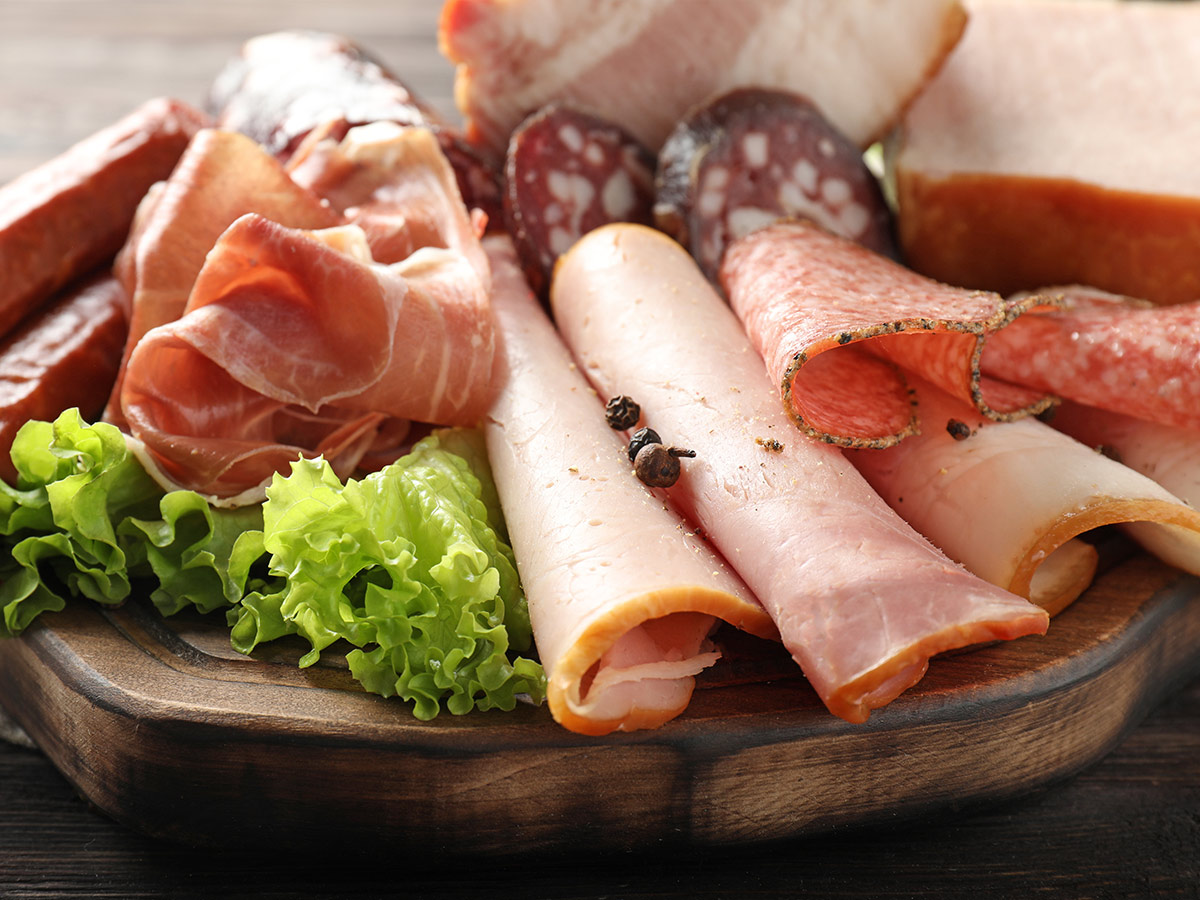
We’ve all microwaved a day-old hot dog or maybe some bacon, but it’s actually not a great idea. Manufacturers use nitrates and nitrites to preserve these meats. If you heat them too quickly, such as in a microwave, this can turn them into carcinogens that are enough to turn an easy breakfast into something far riskier.
Of course, if that wasn’t enough of a warning for you, microwaving processed meats can also ruin their textures. For example, it can make them feel quite rubbery or sometimes too crispy. To get more evenly cooked meats, just use a skillet instead. Yes, it takes longer, but you just can’t replace cooking them properly.
Frozen Meat
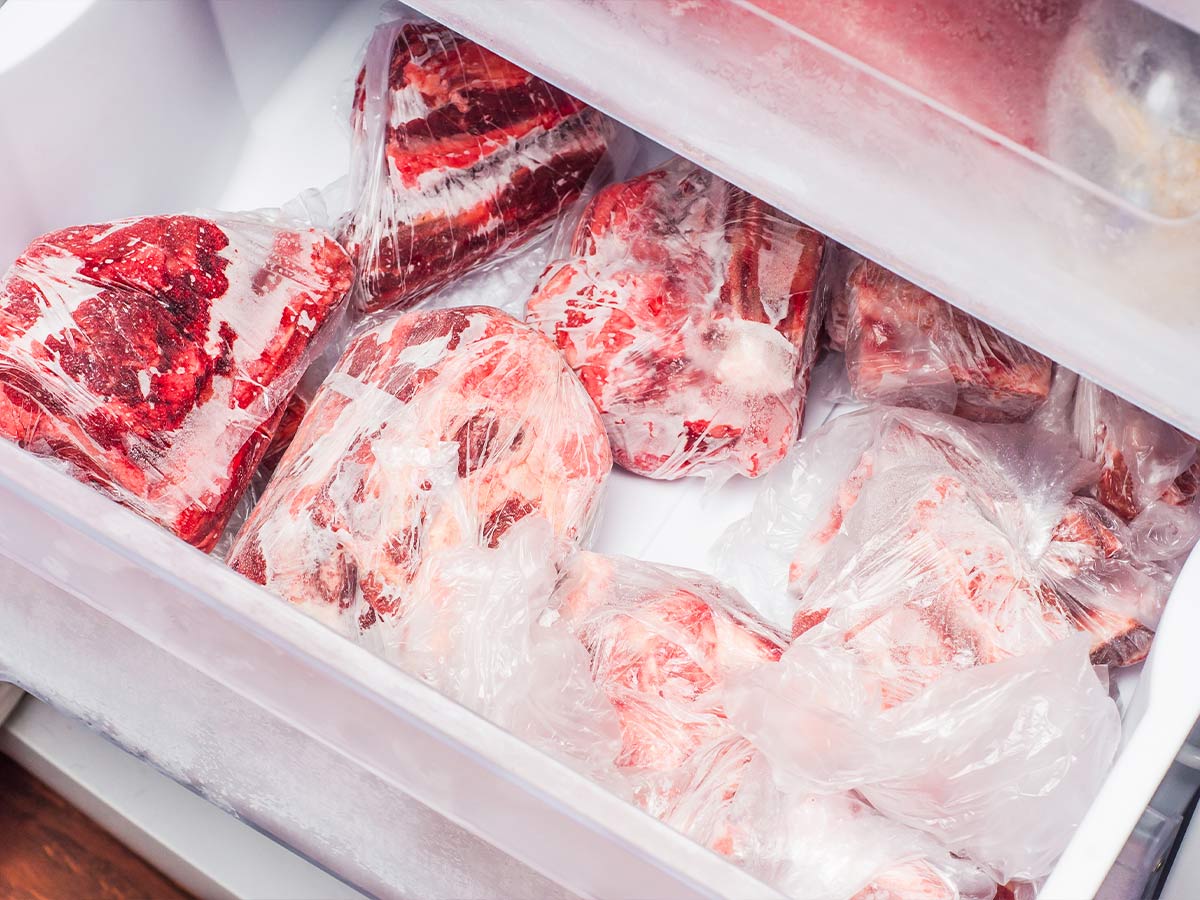
Whatever you do, don’t cook frozen meat in the microwave, no matter how much time you think you’ll save. Why? Because it can cause uneven cooking, which will mean your plate of fried chicken feels hot on the outside and icy in the middle. Not only will it taste bad, but uneven cooking also allows for bacteria to breed uncontrollably.
Make sure you plan and thaw your meat in the fridge overnight. If you’re in a rush, try putting the meat in a bowl, then allow it to defrost in the microwave, but not cook. You’ll need to make sure you rotate the meat a few times while it’s in there. But really, you should just stick to cooking it in the oven.
Maternal Milk
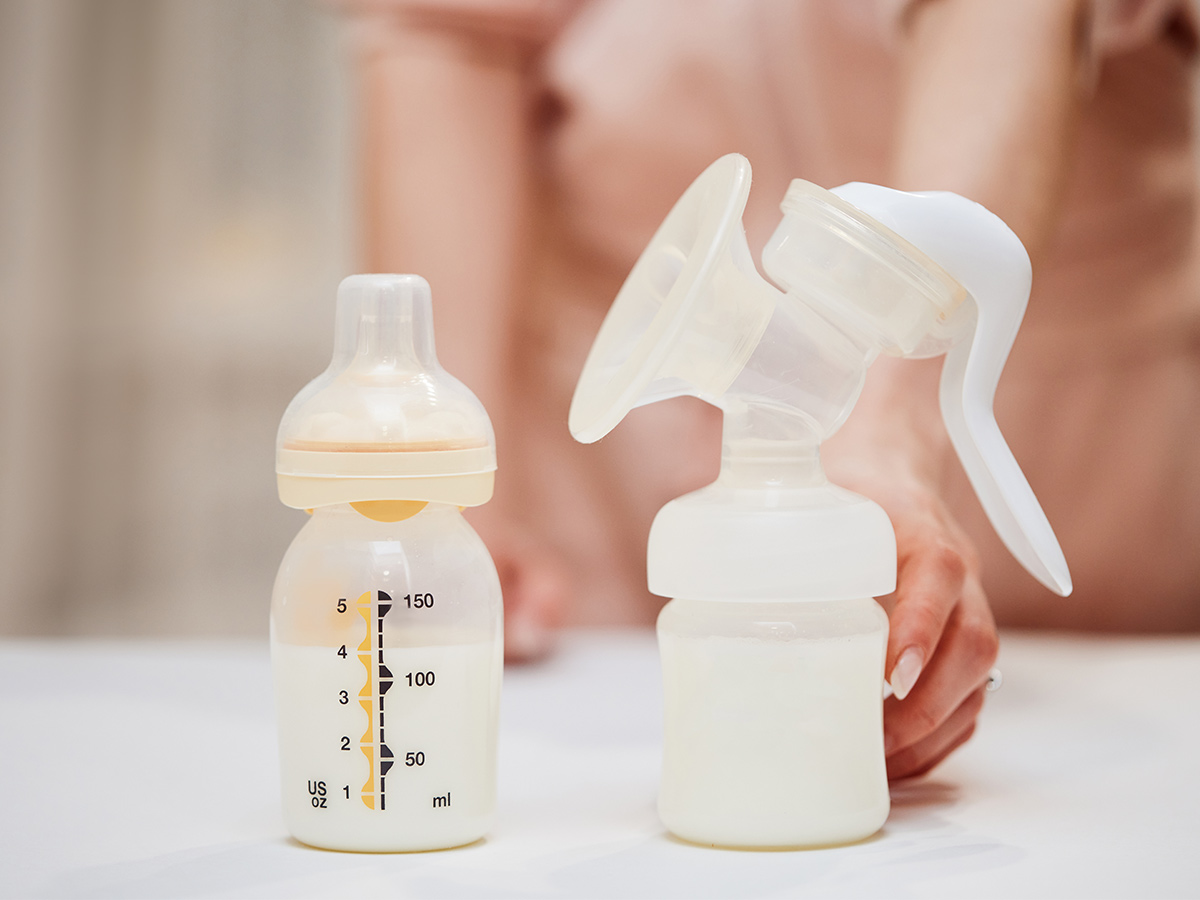
As a parent, you’re often rushed for time, so microwaving mom milk sounds like a smart way to save a few minutes, right? Wrong. Microwaving it can actually create hot spots that risk burning your baby’s mouth. It can also destroy some of the antibodies and nutrients in the milk that are pretty important for your baby’s health.
Instead of microwaving mom milk, try gently warming the bottle by placing it inside a bowl of warm water. Or better yet, get a bottle warmer that’ll do exactly what you need. This way, you can make sure the milk retains all the useful nutrients to keep your baby healthy, and you’ll also avoid any dangerous burns.
Leafy Grains
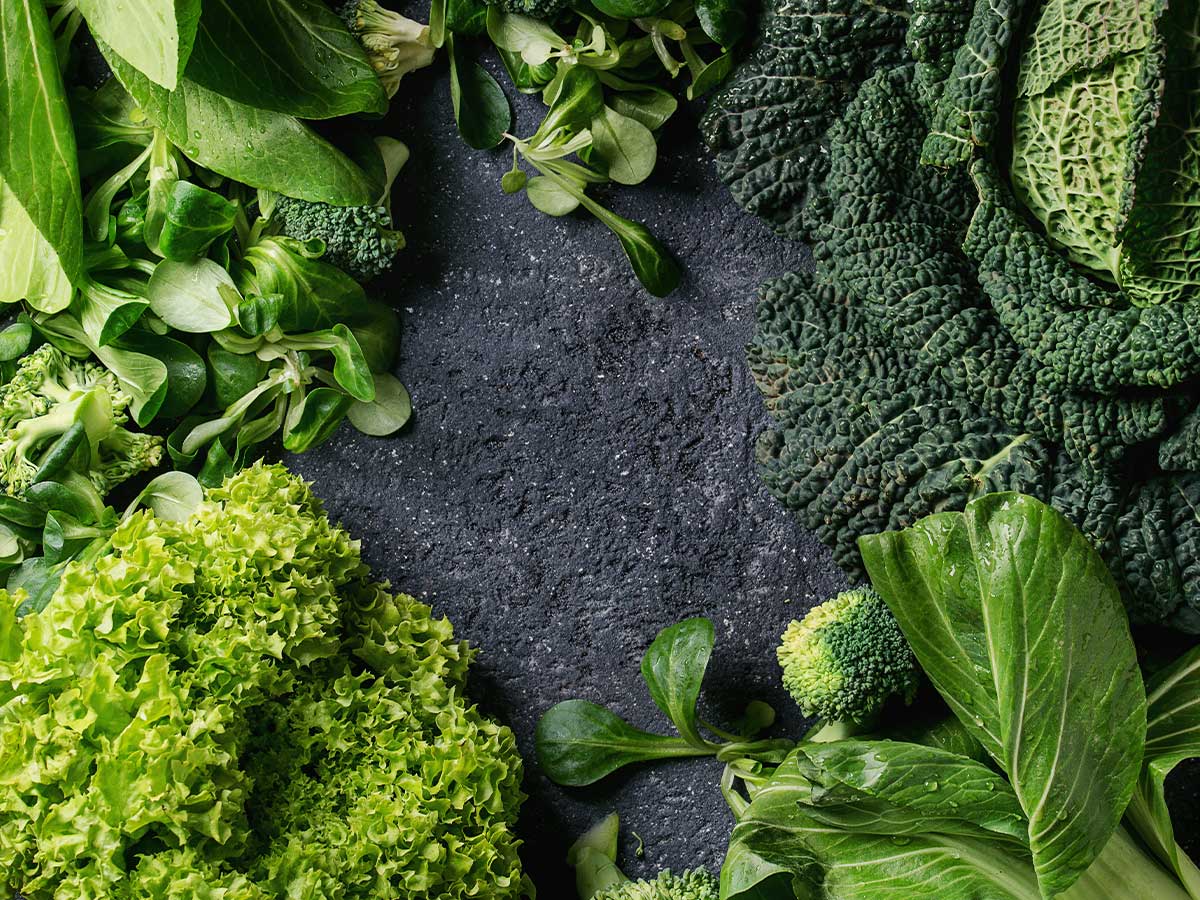
The fact that leafy grains contain so many minerals is exactly the reason why you shouldn’t put them in the microwave. Minerals like iron and magnesium are essentially tiny pieces of metal that can create sparks that’ll damage your microwave. Just saute your spinach or kale on the stove instead.
Microwaving greens can also break down any essential vitamins because you’re heating them so rapidly. This can turn your crisp leaves into a wilted mess, which is never good. Try steaming or sauteing them to preserve both the texture and the vitamins. It’s a lot tastier and a lot safer to do it this way.
Whole Fruits
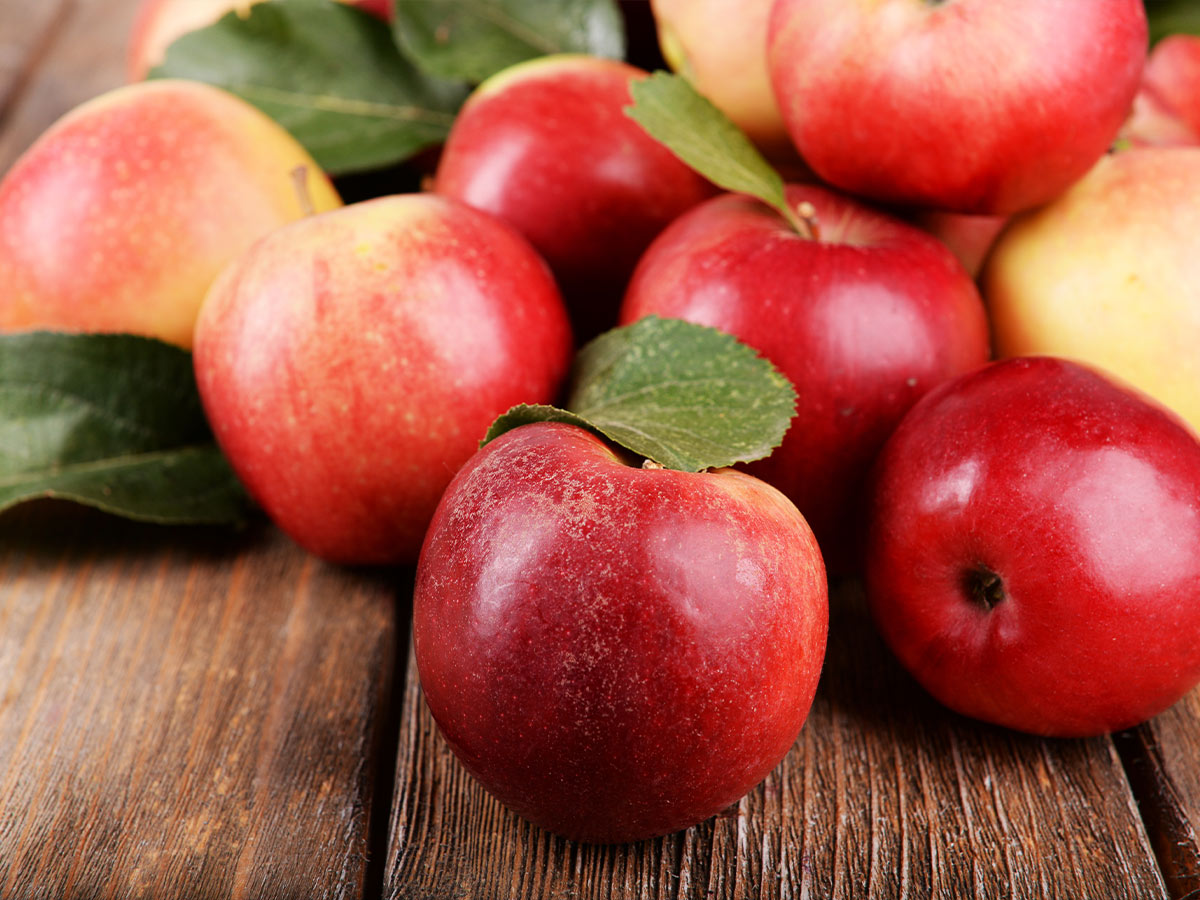
Like most foods, microwaving whole fruits causes the water inside them to heat up. Fruits like apples and pears, for example, can burst open because of the internal steam pressure, causing a huge mess. And worst of all, it wastes some perfectly good fruit! Of course, that doesn’t mean you have to eat cold fruit.
Instead of microwaving, cut your fruits into smaller pieces first, or try using the stove to heat them gently. You can even use an oven to do so. This will stop these snacks from exploding and maintain the fruits’ textures. For even more flavor, try baking or poaching them—it’ll bring out that sweetness!
Water
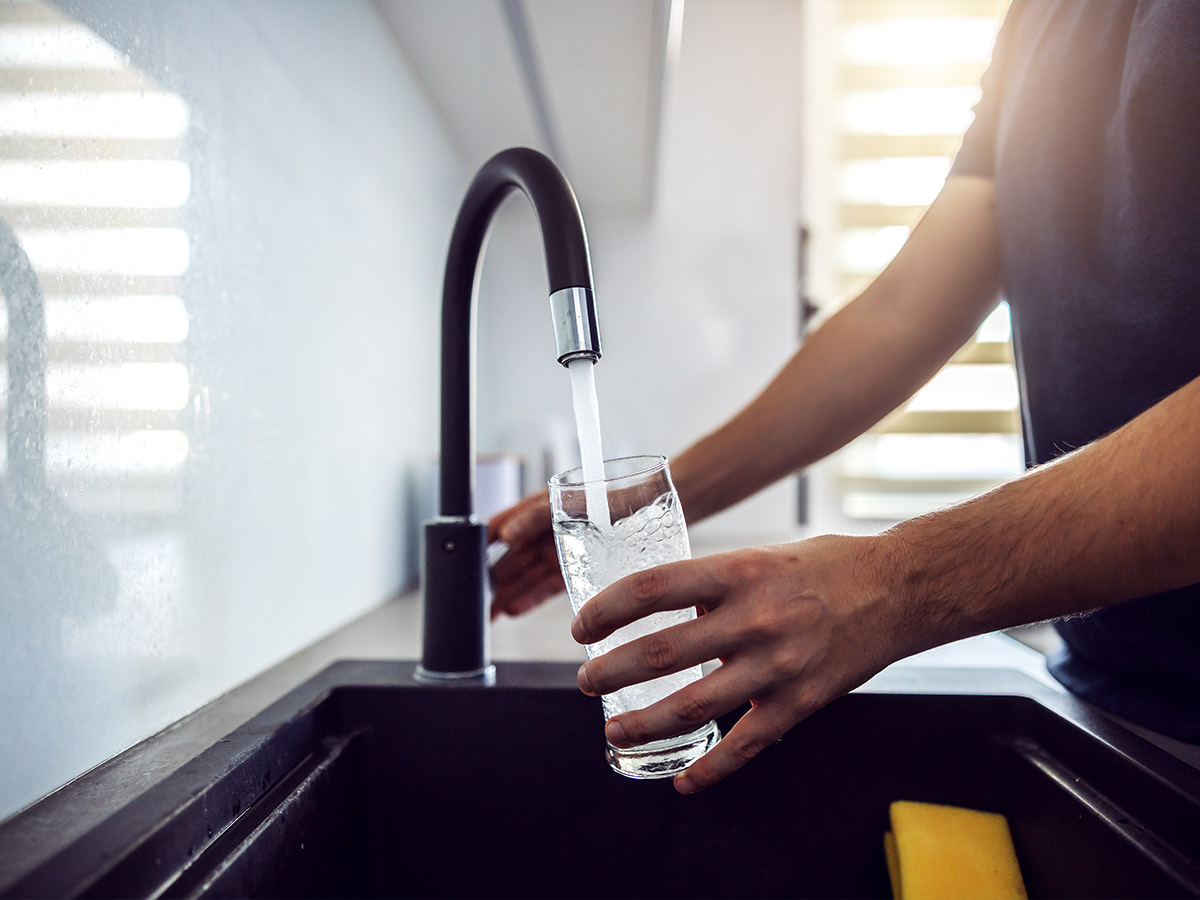
You might think that heating water in the microwave is harmless, but you’d be wrong. It can actually get hotter than boiling water, although it might not seem that way, and this is called superheating. When you move the cup, it’ll explode and cause all manner of serious burns. Just use a kettle or heat the water on the stove.
If you’re insistent on using a microwave, make sure you put a non-metallic object in the cup to prevent superheating. It could even be something as simple as a wooden spoon or chopstick. It’ll give the bubbles a formation site, which will reduce the risk of the water exploding and should keep things safer.
Styrofoam Containers
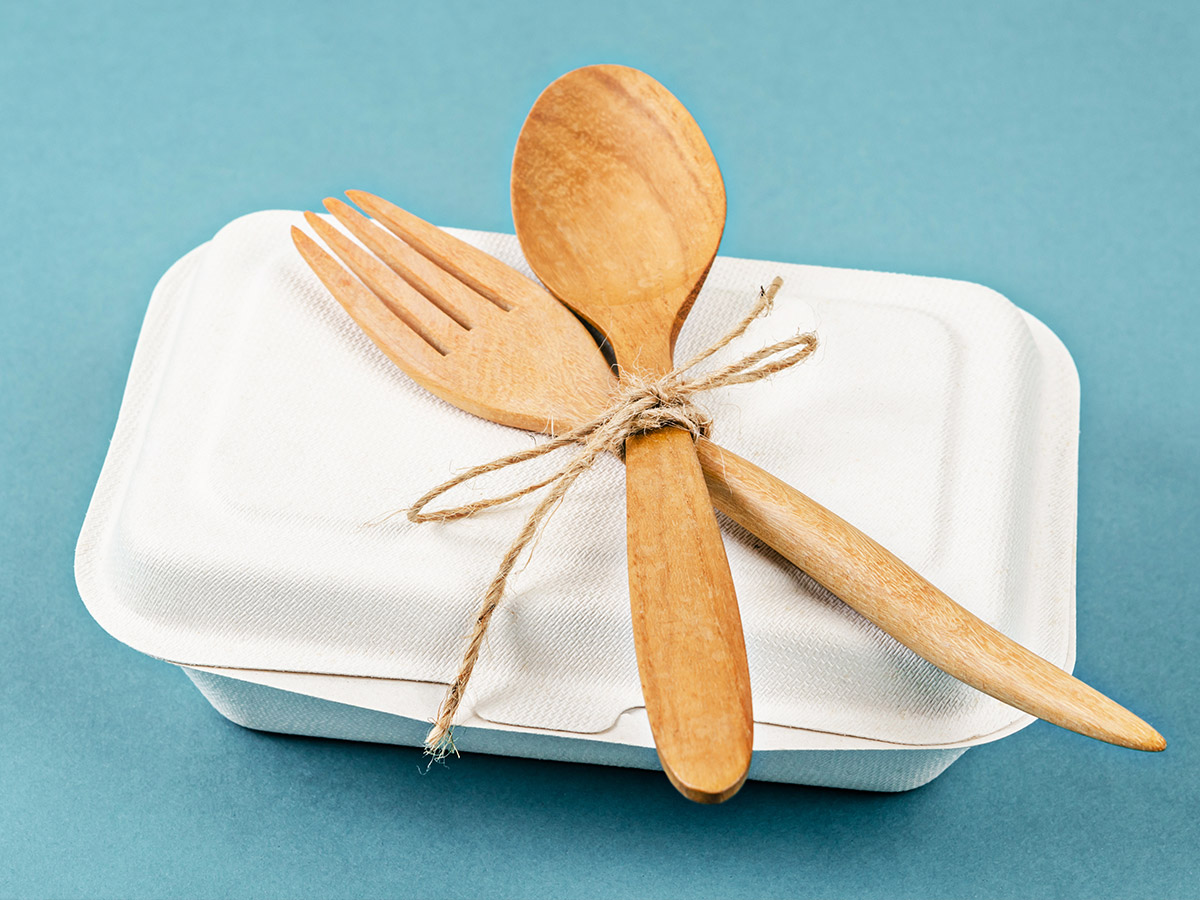
Like plastic containers, styrofoam containers aren’t great for the microwave. Although they might be labeled “microwave-safe,” these containers can actually melt and cause chemicals to go into your food. They’re also a hassle to clean up, and that’s just not something you want to bother with after cooking.
To avoid any health hazards or kitchen disasters, you should put your food in a glass or ceramic dish, which is actually microwave-safe. It’ll save you a lot of trouble and also keep your microwave clean. Don’t ruin your microwave just because you can’t be bothered to use it properly.
Oils
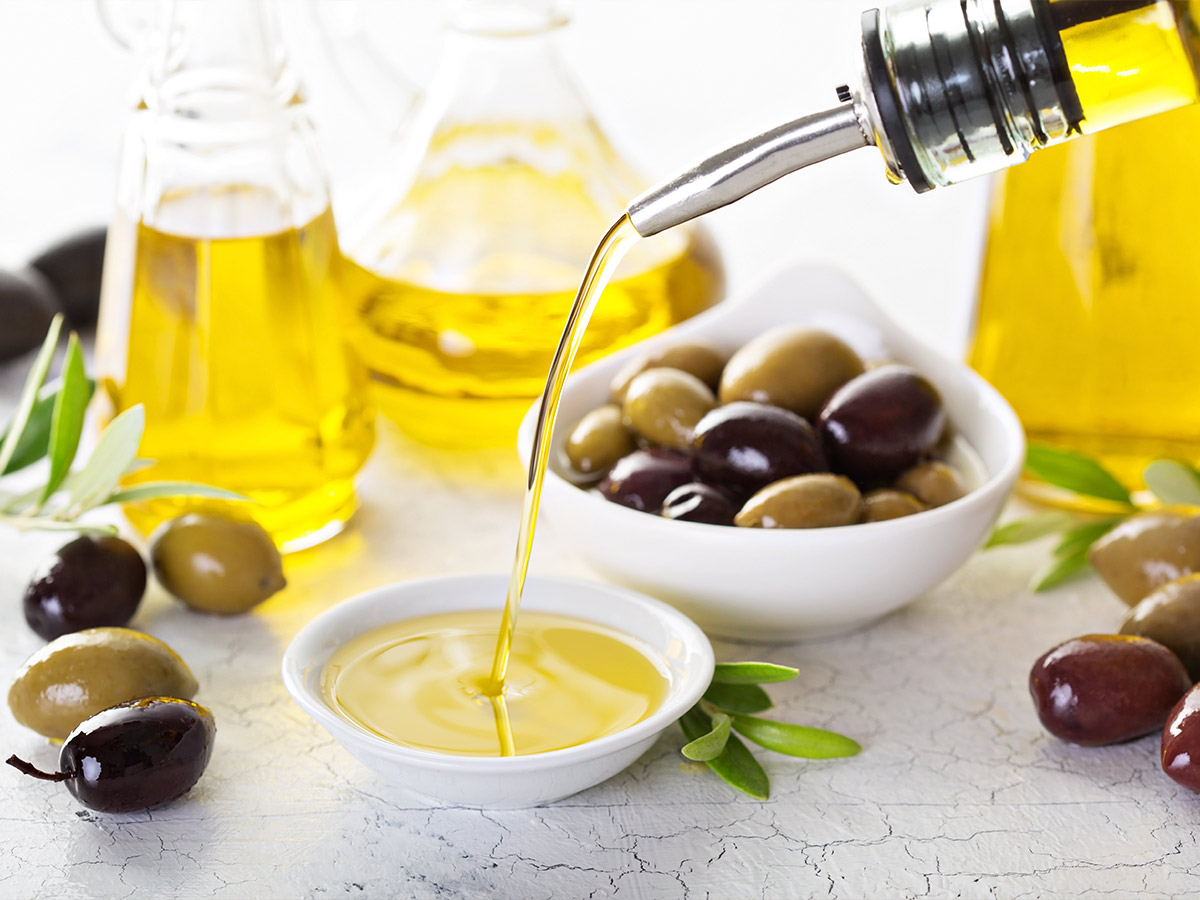
Since oils don’t contain water, you’d think that heating them in the microwave would be safe. Unfortunately, it can actually cause them to overheat and smoke, releasing potentially harmful fumes into your kitchen. If that wasn’t bad enough, these fumes can also ruin your oil’s flavor and defeat the whole process.
Microwaves heat food by vibrating water chemicals, so putting oil in there can cause it to become heated unevenly. That’s not great for cooking. So, you should heat them properly and to the right temperature by using a stove. At least then, you can make sure they’re perfectly ready for cooking.
Rice

You should throw away any rice that’s been left at room temperature for too long. On cooked rice, bacteria like bacillus cereus can grow, and this can be lethal. Unfortunately, microwaving doesn’t always kill these germs. Food poisoning from rice is all too real, and it’s really not something you want to mess with.
Whenever you have leftover rice, refrigerate it as soon as it has cooled. When you reheat it, use a stove to stir and heat the rice evenly, making sure that it’s piping hot all the way through. Cooking it this way will reduce the risk of foodborne illnesses and keep your leftovers tasting good.
Chili Peppers
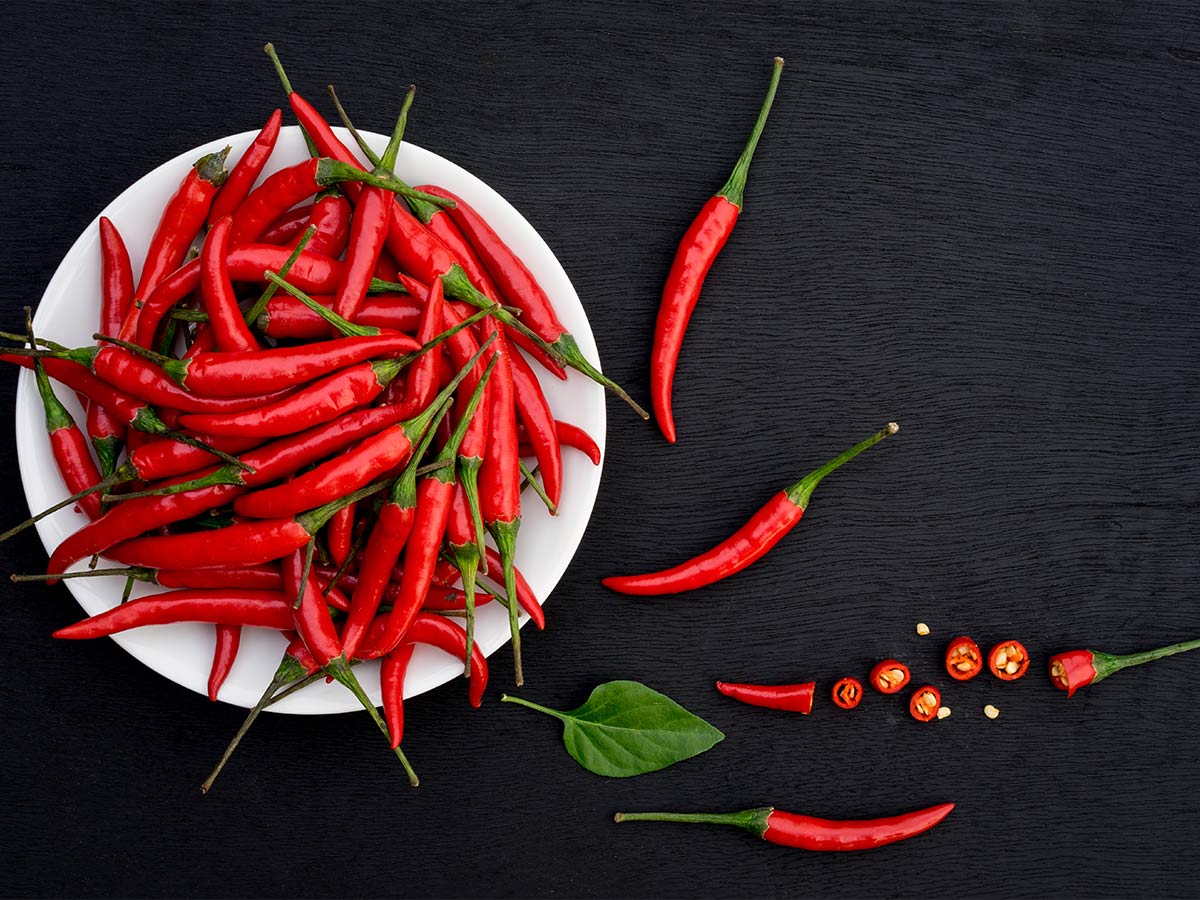
You might want to think twice about microwaving chili peppers because it can turn your kitchen into a tear gas chamber. Heating them can release capsaicin, which is what makes them so spicy. As such, if you open the microwave door afterward, it’ll release a gas of this spiciness that’ll leave you coughing and rubbing your eyes.
It’s not simply annoying, though, as vaporizing capsaicin into the air can actually be quite a serious irritant. You should stick to drying out peppers in the open air or using a regular oven because the air circulation is far better. At least that way, you won’t accidentally mace yourself in your own home!
 Author
Arvyn Braich
Last Updated: October 11, 2025
Author
Arvyn Braich
Last Updated: October 11, 2025